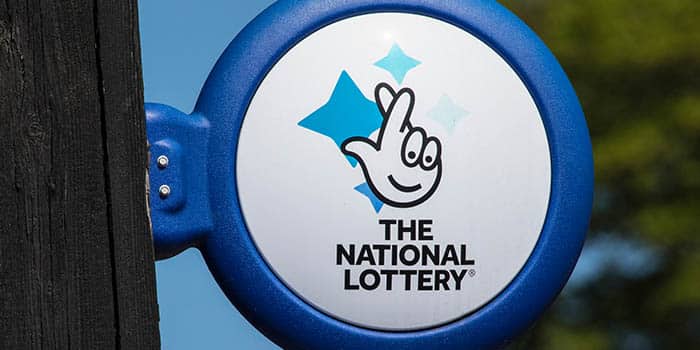- Casino
- By State
- Alabama
- Alaska
- Arizona
- Arkansas
- California
- Colorado
- Connecticut
- Delaware
- Georgia
- Florida
- Hawaii
- Idaho
- Illinois
- Indiana
- Iowa
- Kansas
- Kentucky
- Louisiana
- Maine
- Massachusetts
- Maryland
- Michigan
- Minnesota
- Mississippi
- Missouri
- Montana
- Nebraska
- Nevada
- New Hampshire
- New Jersey
- New Mexico
- New York
- North Carolina
- North Dakota
- Ohio
- Oklahoma
- Oregon
- Pennsylvania
- Rhode Island
- South Carolina
- South Dakota
- Tennessee
- Texas
- Utah
- Vermont
- Virginia
- Washington
- West Virginia
- Wisconsin
- Wyoming
- By State
- Slots
- Poker
- Sports
- Esports
Warning Labels for Online Gambling Are Hard to Find Study Shows

A survey conducted by researchers at the University of Warwick and CQUniversity Australia deemed warning labels and information on the risks of gambling hard to find and easily misunderstood.
Warning Labels Are Ineffective and Difficult to Find
Accepted by the journal Behavioral Science and Policy, the study ‘Nudge versus sludge in gambling warning labels’ shows the way UK online gambling operators present the information on the risks of gambling. According to the study, it is “ineffective and too difficult to find.” The researchers checked how the websites inform the players about the risks of gambling.
Researchers at the University of Warwick and CQUniversity Australia surveyed 363 online roulette games on gambling sites from the 26 big operators. The study revealed that warning labels and information on the risk aren’t easily accessible.
Warning Labels Appear on Separate Screens
Dr. Lukasz Walasek of the University of Warwick Department of Psychology, who was a part of the research team said: “It is hard to imagine that this information could be less ‘easily available’ than we observed.”
Information about the risks of gambling players can find only when opening at least one more screen. This action requires 1.3 mouse clicks from the main roulette table. The study shows that the labels containing the warning information are shown on separate screens. The information is displayed randomly among other texts. It often consists of a full text with 2,078 words on average. The labels often appear in smaller fonts or acronyms.
Dr. Philip Newall of CQUniversity’s Experimental Gambling Research Laboratory, who participated in the project, said that online customers need to be informed better and provided with understandable warning information. According to him, with the upcoming review of the Gambling Act, stronger regulations need to be implemented.
Another recent study from Stirling and Glasgow Universities revealed that sports bettors changed their habits during the lockdown. According to the study 1 in 3 sports bettors started to bet more often, and 1 in 6 started to enjoy a new form of gambling.
50% of the Gamblers Don’t Understand the Information
The format is proven to be 50% misunderstood by players. According to previous research, only 45.6% of gamblers in the UK can interpret return-to-player information correctly.
In 99.5% of the cases, the information was in the smallest font possible, and in 99.7% the font wasn’t bold. In 18.8% (1 out 5 cases), the information was given through an acronym, without any information on its meaning. For example: “RTP is 97.2973.”
The study showed that 357 games (98.3%) use the less optimal of two formats allowed by the Gambling Commission, which is “the return-to-player format.” Example: “this game has an average percentage payout of 90%.”
None of the websites used the house-edge format. Example: “this game keeps 10% of all money bet on average.” This format is considered more understandable. Companies are allowed to choose one of the two formats.
Eva is a PR specialist and communications expert with ten years of experience in campaign organizing and creative writing. She is also a published author of fictional stories. Eva recently developed an interest in economics and the gaming industry after discovering the inspirational story of Molly Bloom.
Must Read
Industry
June 27, 2025
Las Vegas Sphere Bashed for Charging $170 for Pizza
More Articles






Industry
June 30, 2025
Stakelogic and Spillehallen.dk Sign Strategic Deal

Lottery
June 30, 2025
Norsk Tipping CEO Resigns Amid Lottery Scandal

Casino
June 30, 2025
DIMOCO Enters Germany iGaming Market with Neo.Bet

Legal
June 26, 2025
Entain Loses Trademark Battle in EU Copyright Clash

Industry
June 26, 2025
Spain’s Gambling Ad Ban Cuts New Accounts by 55%










